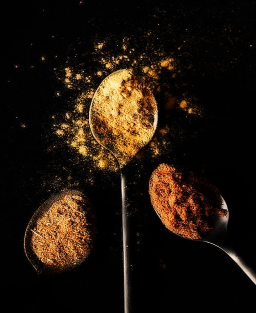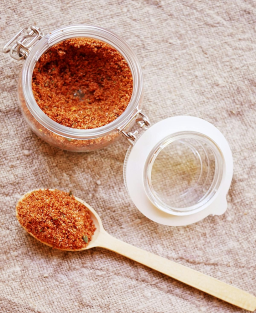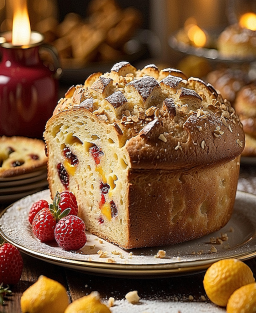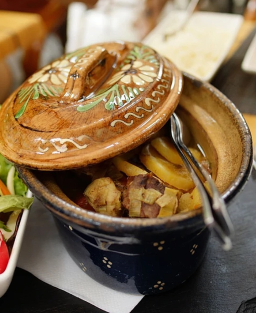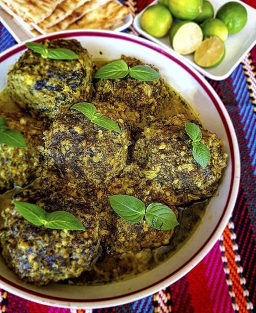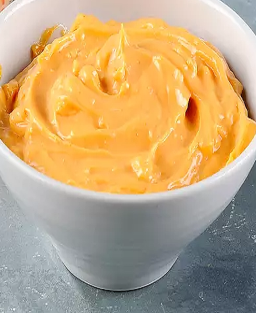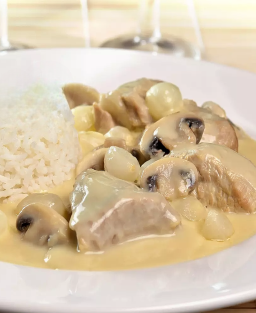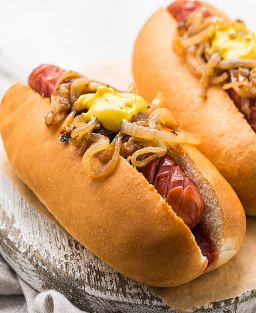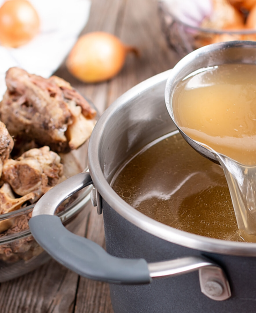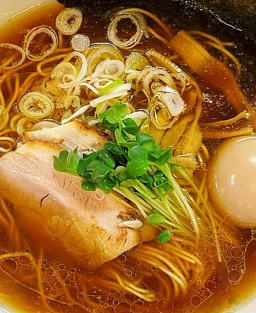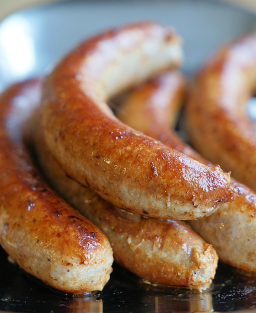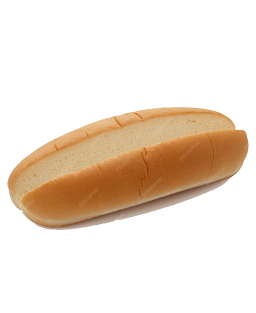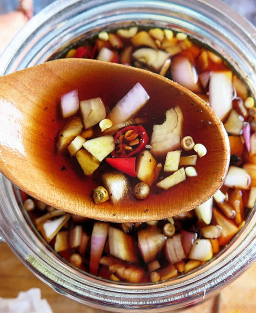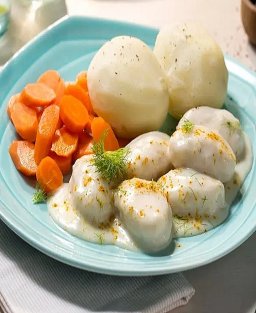- Out-of-Stock
Rabbit Gibelotte – Traditional French Recipe with Historical Context, Step-by-Step Instructions, and Precise Cooking Times
Rabbit Gibelotte – Traditional French Recipe with Historical Context, Step-by-Step Instructions, and Precise Cooking Times
Country / Region
-
Country: France
-
Region: Burgundy, Berry, Touraine, Massif Central
-
Official Status: None
-
Recipe Inventor: Oral transmission (medieval peasantry)
-
Specifications Document: No
-
Certification Body: None
Historical Background
-
Origin: Gibelotte is an old stew whose roots go back to the Middle Ages. Its name comes from “gibelet” or “gibier”, originally made with hare or wild rabbit.
-
Evolution: With the domestication of rabbit, the recipe became common in rural households as a nourishing and economical dish, before being adopted by bourgeois cuisine in the 19th century and reinterpreted in the 20th century by bistro chefs.
-
Iconic Chefs:
-
François Pierre de La Varenne (1615–1678) – in Le Cuisinier françois (1651), he laid the foundations of classic French cuisine and introduced the first codified stews.
-
Antonin Carême (1784–1833) – considered the father of haute cuisine, he perfected slow cooking techniques and codified sauces to enhance stews.
-
Jules Gouffé (1807–1877) – “cook of kings”, he detailed regional recipes in his books, including dishes simmered in wine.
-
Charles Durand (1766–1854) – a specialist in provincial cooking, he helped preserve and promote local dishes such as gibelotte.
-
Joseph Favre (1849–1903) – author of the Universal Dictionary of Practical Cooking, he gave culinary recognition to popular French recipes.
-
Legend or Anecdote
It is said that in some rural areas, gibelotte was served on post-hunt Sundays, using the youngest wild rabbits, slowly simmered in white wine, around a large family table.
Recipe Description
Rabbit gibelotte is a stew simmered in white wine, flavoured with herbs and enriched with bacon and mushrooms. A rustic and convivial dish, it symbolizes French country cooking: economical, hearty, and generous, with a thick and aromatic sauce.
Ingredients (serves 6)
| Ingredient Name | Quantity | Approximate Weight (g) |
|---|---|---|
| Whole rabbit, cut into pieces | 1 | 1200–1500 g |
| Smoked bacon | 150 g | 150 g |
| White mushrooms | 200 g | 200 g |
| Carrots, sliced | 2 | 200 g |
| Onions, thinly sliced | 2 medium | 150 g |
| Garlic, minced | 2 cloves | 10 g |
| Bay leaves | 2 leaves | — |
| Thyme | 2 sprigs | — |
| Clove (optional) | 1 | — |
| Dry white wine | 50 cl | 500 g |
| White stock or water | 10 cl | 100 g |
| Flour | 2 tbsp | 20 g |
| Neutral oil | 2 tbsp | 20 g |
| Butter | 30 g | 30 g |
| Salt, pepper | QS | — |
Note: The recipe may vary by region: some versions add a splash of vinegar, others finish the sauce with light cream.
Detailed Instructions
-
Initial Preparation (15 min)
-
Season the rabbit pieces.
-
Heat the oil and butter in a Dutch oven.
-
Brown the rabbit pieces for 10–12 min until nicely coloured. Set aside.
-
-
Preparing the Aromatic Garnish (10 min)
-
Sauté the onions for 3 min.
-
Add carrots and bacon, cook for 4 min.
-
Add mushrooms and garlic, cook for 3 min.
-
-
Dredging and Deglazing (5 min)
-
Return the rabbit, sprinkle with flour, cook for 2 min.
-
Deglaze with white wine, bring to a boil for 2–3 min.
-
Add white stock, bay leaf, thyme, clove.
-
-
Slow Covered Cooking (60–75 min)
-
Cook on low heat, covered, at a gentle simmer.
-
Check every 20–30 min, turn the meat if needed.
-
-
Finishing (10–15 min)
-
Remove the lid, reduce the sauce.
-
Optional: finish with butter or cream.
-
Adjust seasoning.
-
Estimated Total Time: 1h50 to 2h
-
Preparation: 15 min
-
Searing + Garnish: 15 min
-
Cooking: 75–90 min
-
Finishing: 10–15 min
Cooking Program (Prepared Dish)
Recommended container: Cast iron Dutch oven
| Element | UNOX (CHEFTOP / BAKERLUX) | RATIONAL (iCombi Pro / SelfCookingCenter) | Standard Oven |
|---|---|---|---|
| Program name | Slow-simmered stew | Braised Cooking | Manual |
| Cooking type | Multi-step | “My Programs” | Manual |
| Cooking mode | Gentle convection + steam | Light steam then dry heat | Fan-assisted heat |
| Temperature | 150–160 °C | 150–160 °C | 160 °C |
| Ventilation | Speed 1 | Automatic | N/A |
| Humidity / Steam | 20% then 0% | 15–20% then dry | None |
| Cooking time | 70–80 min | 70–80 min | 75–90 min |
| Core probe | Optional 85 °C | Optional 85 °C | No |
| Resting time | 10–15 min | 10–15 min | 10–15 min |
| Notes | Keep the Dutch oven covered | Use light steam | Check sauce reduction |
Tips and Advice
-
Dredge the meat well in flour before deglazing: this naturally thickens the sauce.
-
Favour a dry, crisp white wine (avoid sweet wines).
-
Slow and steady cooking: heat that's too high will toughen the rabbit meat.
Serving
-
Plating: Serve in the Dutch oven or a deep serving dish.
-
Classic sides: Steamed potatoes, fresh tagliatelle, creamy polenta, rustic bread.
Suggested Wines and Drinks
-
Dry white wines: Touraine Sauvignon, Bourgogne Aligoté, Côtes-du-Jura.
-
Light red wines: Pinot Noir, Gamay, young Côtes-du-Rhône.













